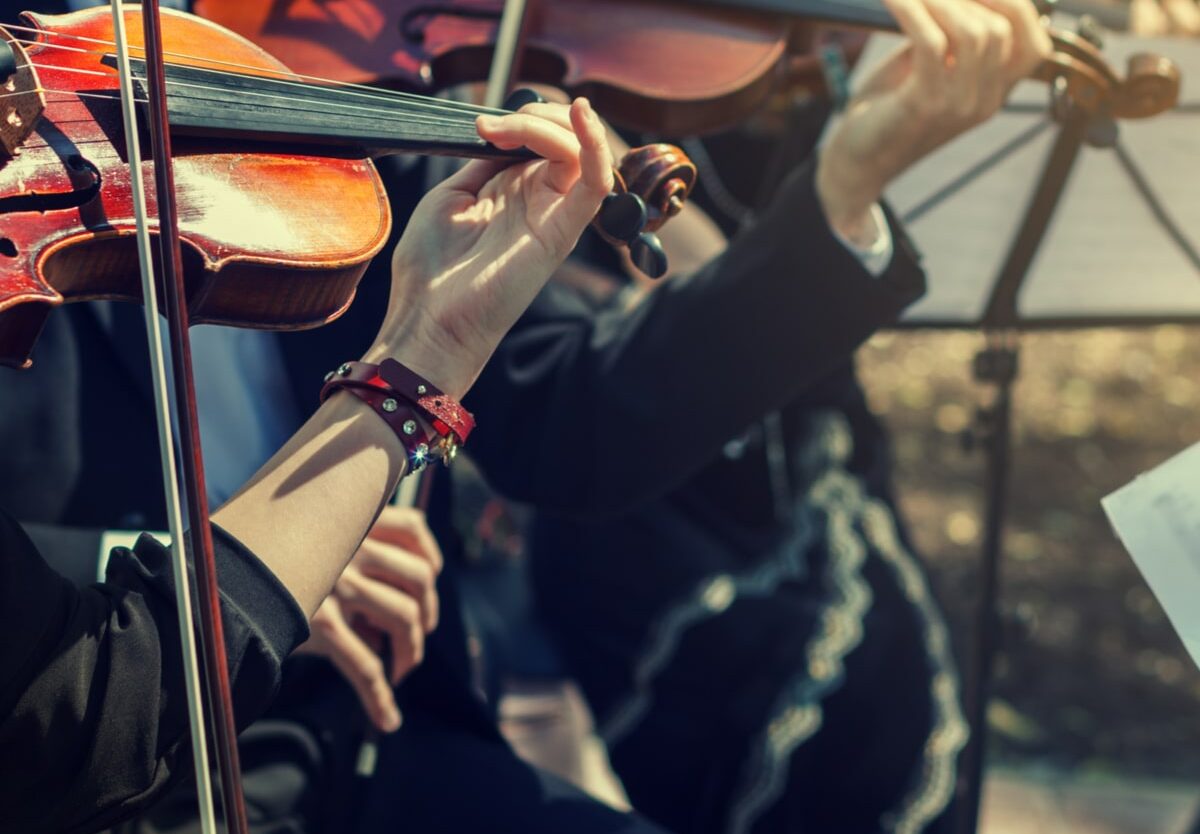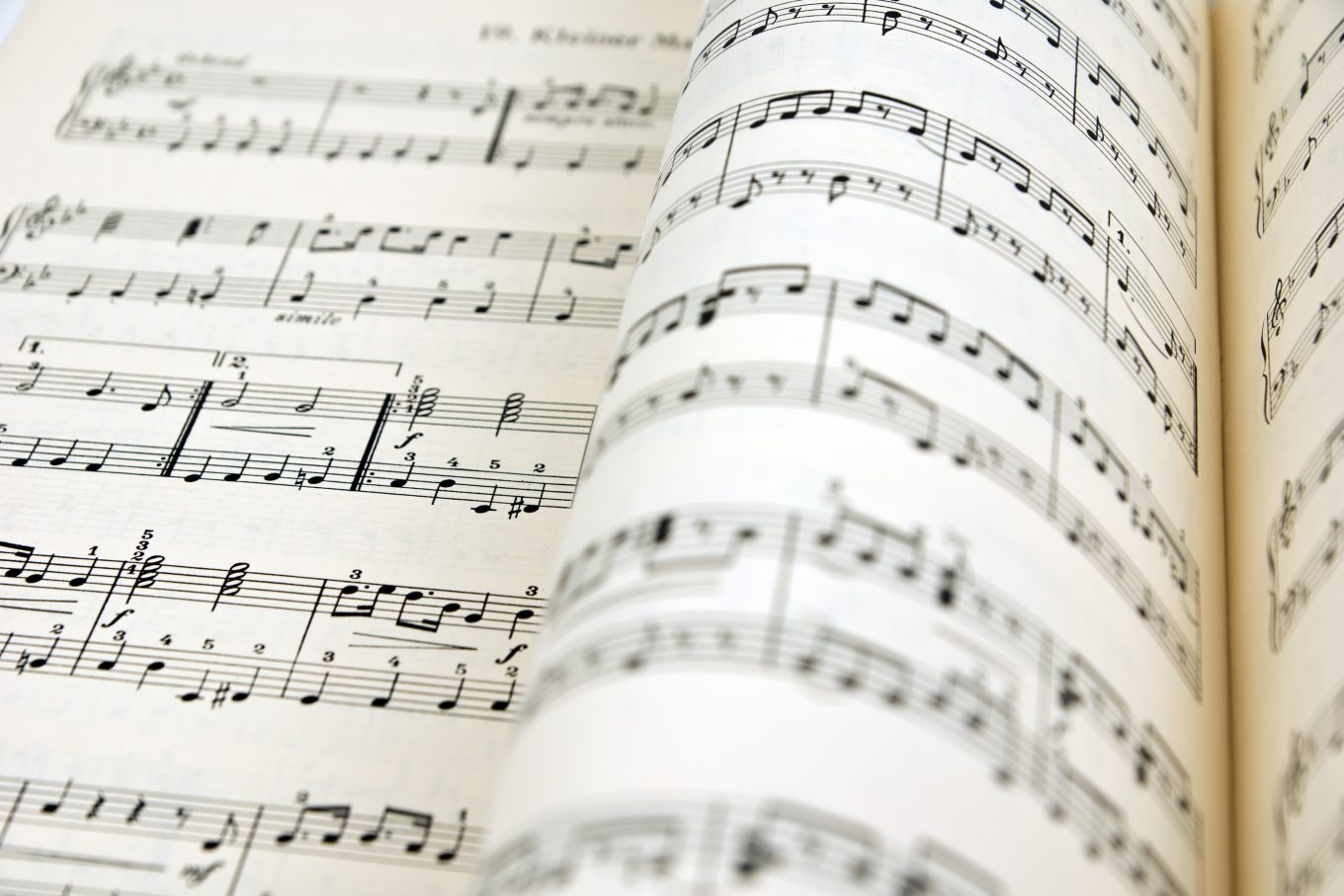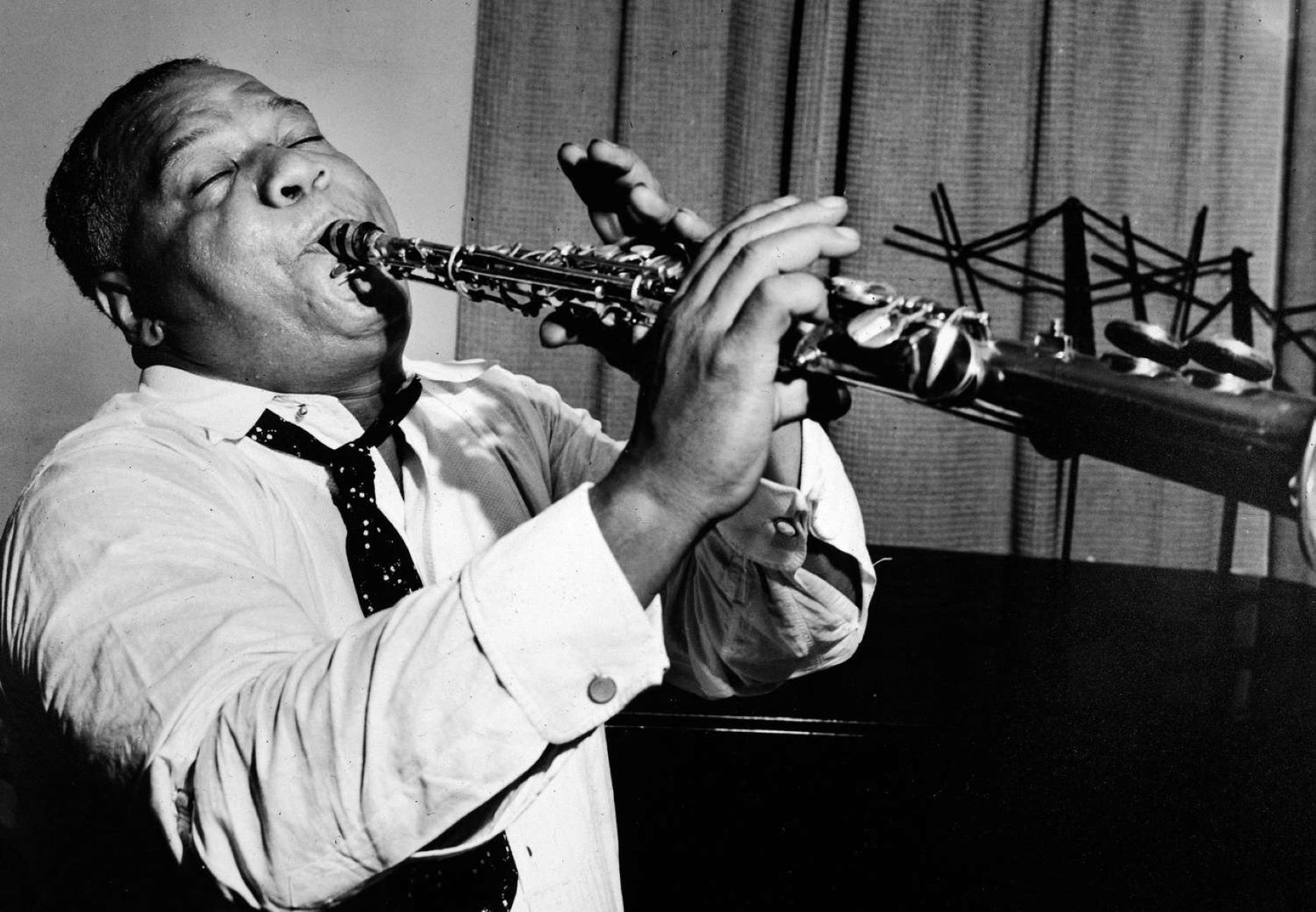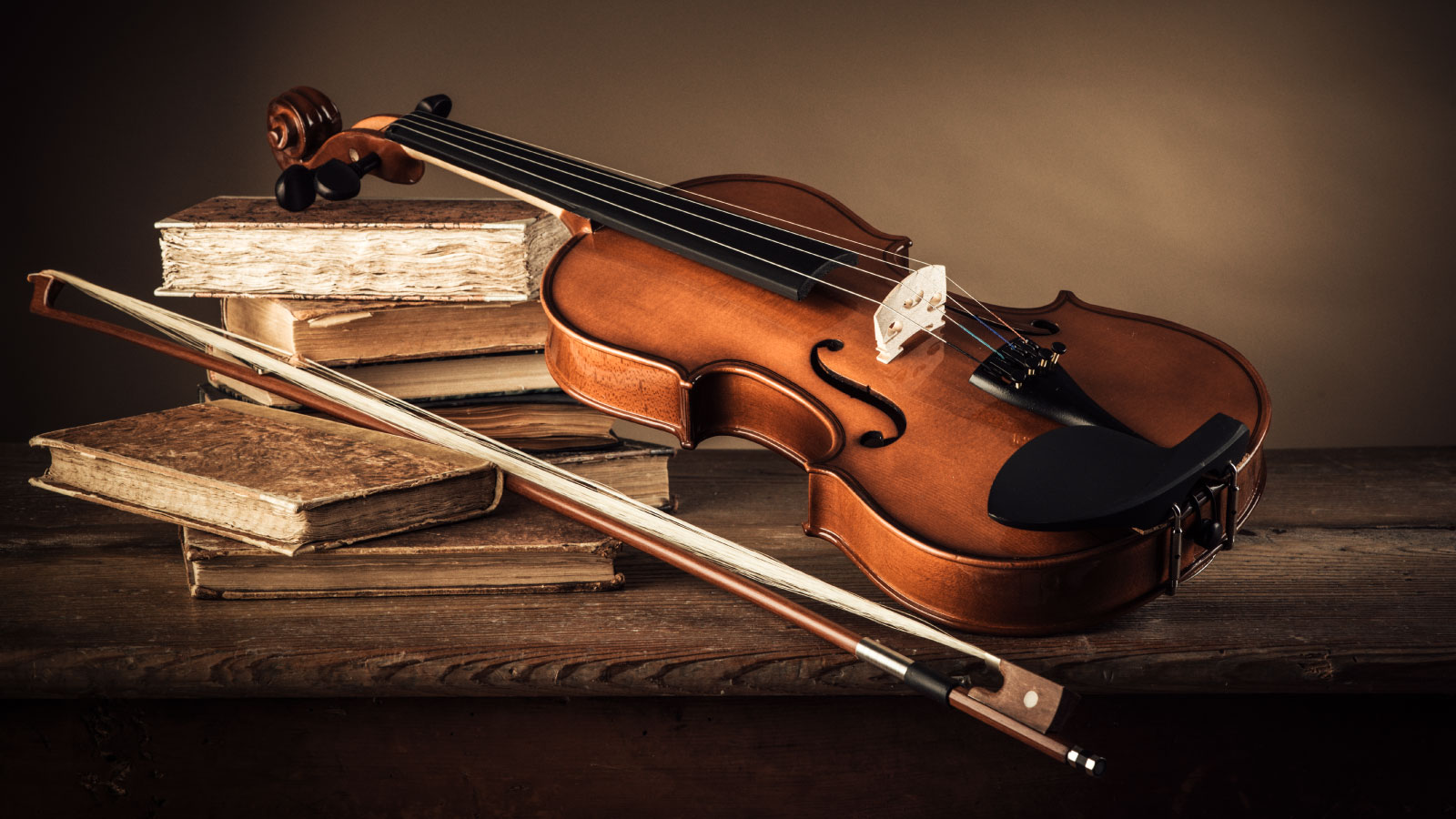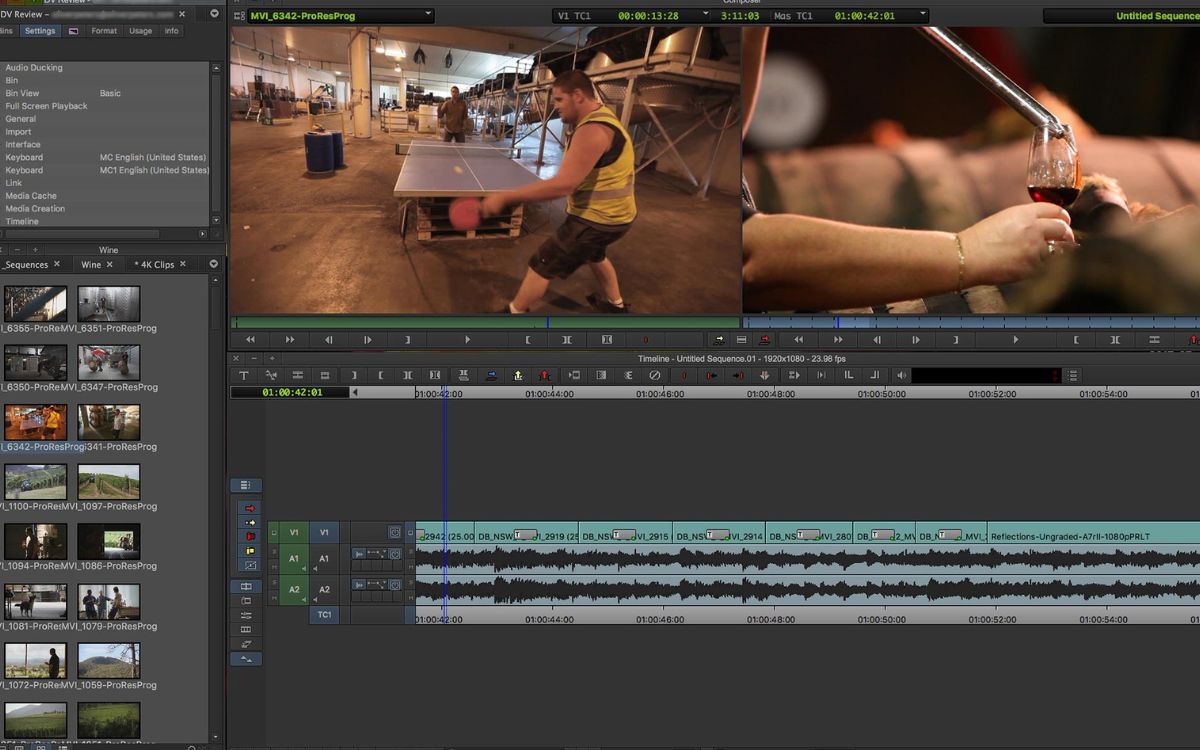Home>Genres>Classical>What Is A Feature Of The First Movement Of A Classical Concerto
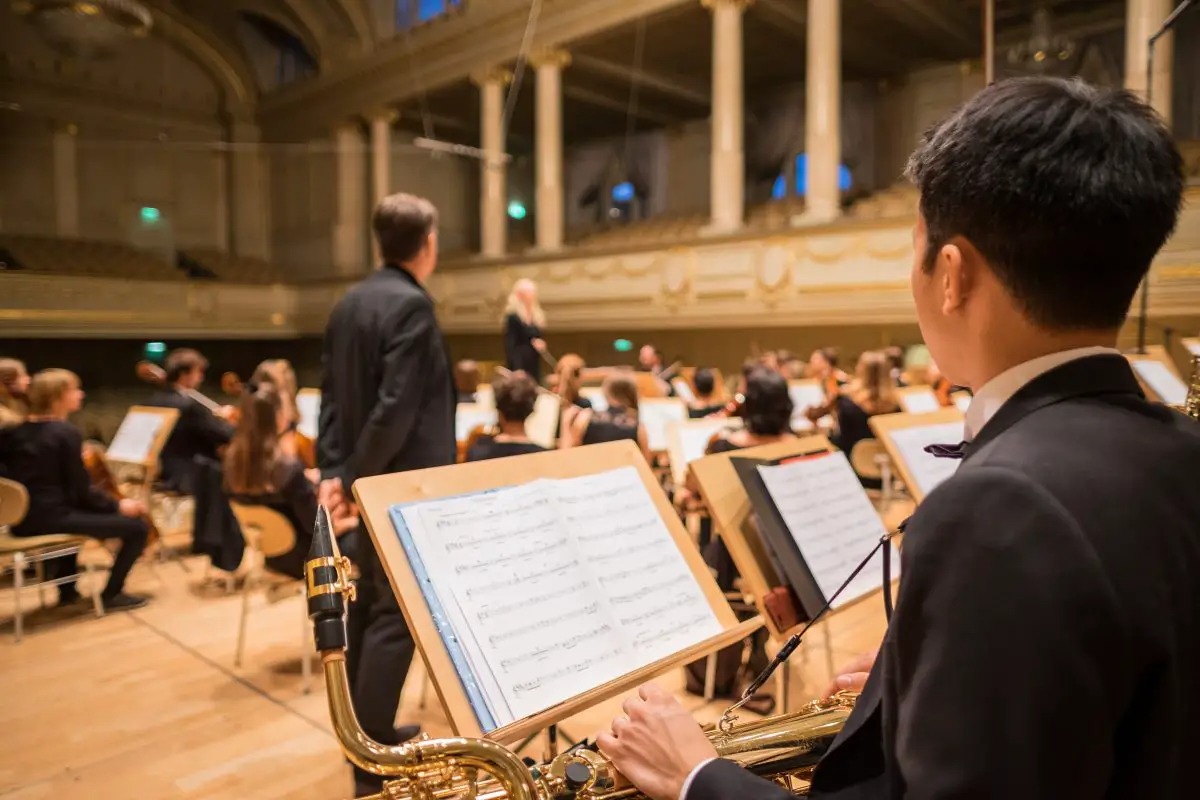

Classical
What Is A Feature Of The First Movement Of A Classical Concerto
Published: November 22, 2023
Discover the defining characteristics of the first movement in a classical concerto, exploring its intricate melodies, dramatic crescendos, and skillful interplay between the soloist and orchestra. Embrace the enchanting world of classical music.
(Many of the links in this article redirect to a specific reviewed product. Your purchase of these products through affiliate links helps to generate commission for AudioLover.com, at no extra cost. Learn more)
Table of Contents
Introduction
Welcome to the world of classical music, where the power of symphonies and concertos transcends time and enraptures audiences. Within the realm of classical music, one of the most captivating and dynamic compositions is the concerto. The concerto is a musical composition that features a solo instrument or a small group of instruments accompanied by an orchestra.
In this article, we will explore the first movement of a classical concerto, focusing on its features, structure, and the role of the soloist. This movement is often the most dramatic and lively part of the concerto, setting the stage for the musical journey that lies ahead.
Throughout history, countless composers have crafted masterful concertos that have become timeless classics. From the works of Mozart and Beethoven to Tchaikovsky and Rachmaninoff, the first movement of a concerto showcases the virtuosity of the soloist and the brilliance of the composer’s musical genius.
Join us as we delve into the intricacies of the first movement of a classical concerto and discover the magic that unfolds when orchestral brilliance and soloistic prowess collide.
Definition of a Classical Concerto
A classical concerto is a musical composition that features a solo instrument or a small group of instruments accompanied by an orchestra. It is typically divided into multiple movements, with the first movement being the most significant and substantial. The concerto format emerged during the Baroque era and reached its pinnacle during the Classical period.
The concerto provides a platform for the soloist to showcase their technical prowess, musicality, and interpretation skills. The orchestra serves as a supportive backdrop, complementing the soloist’s performance and adding depth and richness to the overall sound.
Unlike other musical forms, such as symphonies or sonatas, which emphasize the collective sound of the orchestra or ensemble, the concerto places the spotlight on individual instruments or musicians. This allows for a more intimate and expressive musical experience, as the soloist takes center stage and engages in a musical conversation with the orchestra.
The classical concerto often follows a three-movement structure, with the first movement being the most substantial and virtuosic. The second movement usually offers a more lyrical and introspective tone, while the third movement is typically energetic and showcases the soloist’s technical prowess.
Throughout history, composers have written concertos for a wide range of instruments, including the piano, violin, cello, flute, clarinet, and trumpet, among others. Each instrument brings its unique timbre and expressive possibilities, enhancing the diversity and richness of the concerto repertoire.
Now that we have a clear understanding of what a classical concerto is, let us dive deeper into the first movement, which sets the stage for the grand musical journey that awaits both performers and listeners.
Overview of the First Movement
The first movement of a classical concerto is the opening statement, capturing the attention of the audience and setting the tone for the entire composition. It is typically the longest and most elaborate movement, showcasing the technical brilliance, virtuosity, and musicality of the soloist.
Characterized by its fast tempo and lively rhythms, the first movement is often in sonata form, a structure commonly found in classical music. Sonata form consists of three main sections: the exposition, development, and recapitulation.
In the exposition, the main themes and musical ideas are presented. The soloist introduces the primary theme, accompanied by the orchestra. This theme is usually captivating, memorable, and sets the stage for the virtuosic display of the soloist’s technical abilities. Additional thematic material may be introduced in this section, creating a rich tapestry of musical ideas.
The development section is where the composer takes the established themes and explores them further. It is a more adventurous and unpredictable part of the movement, with the soloist and orchestra engaging in musical dialogues, variations, and transformations of the initial material. This section serves as a bridge to the eventual resolution in the recapitulation.
The recapitulation brings back the main themes from the exposition but with some variations or modifications. It provides a sense of stability and familiarity, as the listener hears the previously introduced themes in a slightly altered context. The movement then concludes with a brilliant coda, a final musical flourish that brings the piece to a satisfying close.
The first movement of a concerto is known for its virtuosic solo passages and intricate interplay between the soloist and the orchestra. The soloist often employs a wide range of techniques, including rapid scales, arpeggios, trills, and double stops (in the case of string instruments), showcasing their technical skill and musical expressiveness.
As the first movement unfolds, the soloist and the orchestra engage in a dynamic musical conversation. The orchestra serves as both a supportive accompaniment and a contrasting force to the soloist’s virtuosity, creating a sense of tension, drama, and musical depth.
Now that we have explored the overall structure and characteristics of the first movement of a classical concerto, let’s delve into the specific structural elements in more detail.
Structure of the First Movement
The first movement of a classical concerto follows a well-defined structure that provides a framework for the musical journey. While each concerto may have its unique variations, there are some common structural elements that are typically present.
1. Exposition: This section introduces the main themes and sets the musical foundation for the movement. The soloist presents the primary theme, often accompanied by the orchestra. Additional thematic material may also be introduced, showcasing the composer’s creativity and creating a diverse musical landscape.
2. Development: In this section, the composer takes the established themes and explores them further through intricate variations, transformations, and modulations. The soloist and orchestra engage in a musical dialogue, showcasing their technical skills and demonstrating their interpretive abilities. The development section adds excitement, unpredictability, and emotional depth to the movement.
3. Recapitulation: The recapitulation brings back the main themes from the exposition but with some variations or modifications. This section provides a sense of familiarity and closure, as the listener hears the familiar melodic material in a slightly altered context. The soloist and orchestra reunite, creating a harmonious blend of musical voices.
4. Coda: The coda is a concluding section that provides a final musical flourish. It brings the movement to a satisfying close and often features virtuosic solo passages and orchestral climaxes. The coda serves as a grand finale, leaving a lasting impression on the audience.
Throughout the movement, the soloist and orchestra engage in a captivating interplay. The soloist takes center stage, showcasing technical brilliance, musicality, and interpretive skills, while the orchestra provides a supportive accompaniment and enriches the overall sound.
It is important to note that while the first movement typically follows this three-part structure, there can be variations depending on the individual concerto and composer’s artistic choices. Some composers may include additional sections or modify the structure to suit their musical vision.
Now that we have a solid understanding of the structure guiding the first movement of a concerto, let’s explore the crucial role played by the soloist in this dynamic musical journey.
Soloist’s Role in the First Movement
In the first movement of a classical concerto, the soloist plays a crucial role in captivating the audience and demonstrating their virtuosity, musicality, and interpretive skills. The soloist commands the spotlight, taking the lead in driving the musical narrative and engaging in a dynamic musical conversation with the accompanying orchestra.
As the first movement unfolds, the soloist introduces and develops the main themes, weaving melodic lines with technical brilliance and expressive nuances. They showcase their mastery of the instrument, performing dazzling runs, arpeggios, and trills. Their playing is marked by precision, control, and a deep understanding of the composer’s intentions.
The soloist’s role extends beyond mere technical prowess. They bring their unique musical interpretation to the performance, infusing the music with their emotions and personal style. They have the freedom to shape phrases, add ornamentations, and imbue the music with their own artistic voice, keeping the performance fresh and vibrant.
The soloist also engages in a musical dialogue with the orchestra, creating a symbiotic relationship. At times, they engage in musical exchanges, passing melodic fragments between each other. In other moments, they engage in a supportive and harmonious collaboration, blending their sound with the orchestral accompaniment.
Collaboration with the conductor is essential for the soloist. They work closely together to maintain a balance between the soloist and the orchestra, ensuring that both musical voices are heard clearly without overpowering one another. The conductor guides the overall interpretation and provides cues, allowing the soloist to navigate through the intricate musical passages and transitions.
The soloist must possess exceptional technical skills, musical sensitivity, and an innate understanding of the composer’s intentions. They must interpret the music authentically while adding their personal touch, captivating the listeners with their captivating performance.
It is important to note that the soloist’s role is not limited to showcasing their individual skill, but also to serve as an integral part of the larger musical ensemble. They have the responsibility of leading and shaping the musical interpretation, while also blending and harmonizing with the orchestra.
Now that we understand the pivotal role played by the soloist, let’s delve into the characteristics that define the first movement of a classical concerto.
Characteristics of the First Movement
The first movement of a classical concerto is characterized by several distinctive features that contribute to its captivating and dramatic nature. These characteristics showcase the technical brilliance, emotional depth, and musical exploration that defines this movement.
1. Virtuosity: The first movement often showcases the soloist’s virtuosic abilities, with fast-paced passages, intricate ornamentations, and impressive displays of technical skill. The soloist performs dazzling runs, scales, arpeggios, and trills, captivating the audience with their mastery of the instrument.
2. Dramatic contrasts: The movement is characterized by dynamic shifts and contrasts, from soft and delicate moments to powerful and triumphant sections. The soloist and orchestra create a sense of tension and release, building up to climactic moments that leave a lasting impact on the listeners.
3. Expressive melodies: The first movement features memorable and expressive melodies that are introduced by the soloist and later developed throughout the movement. These melodies often evoke a range of emotions, from joy and longing to intensity and passion, adding depth and emotional resonance to the performance.
4. Orchestral embellishments: While the soloist takes the spotlight, the orchestra plays a crucial role in enhancing the overall musical experience. The orchestra provides a rich and supportive accompaniment, adding layers of harmonies, textures, and orchestral embellishments that complement the soloist’s performance.
5. Dynamic interplay: The first movement features a captivating interplay between the soloist and the orchestra. They engage in a musical conversation, passing melodic lines between each other, and creating a sense of musical dialogue and tension. This interaction showcases the collaborative nature of the concerto and adds depth and variety to the performance.
6. Variations and improvisations: The soloist often has the freedom to add ornamentations, improvisations, and personal interpretations to the music. They may embellish melodic lines, add trills, or vary the phrasing to showcase their individuality and artistic expression while staying true to the composer’s intentions.
7. Emotional journey: The first movement takes the listener on an emotional journey, from moments of serenity to heights of excitement and intensity. The music can evoke a range of emotions, creating a powerful and evocative experience that resonates with the listeners.
Together, these characteristics contribute to the captivating nature of the first movement of a classical concerto. They showcase the virtuosity of the soloist, the brilliance of the composition, and the captivating interplay between the soloist and the orchestra.
Now that we have explored the characteristics of the first movement, let’s examine some of the important composers and concertos that have left an indelible mark on classical music.
Important Composers and Concertos
Throughout history, numerous composers have contributed to the rich and diverse repertoire of classical concertos. Their groundbreaking compositions have become iconic masterpieces that continue to captivate audiences to this day. Let’s explore some of the most important composers and their notable concertos:
1. Wolfgang Amadeus Mozart: Mozart was a prolific composer known for his exceptional talent and musical genius. His piano concertos, such as the “Piano Concerto No. 20 in D minor” and “Piano Concerto No. 21 in C major,” showcase his ability to blend technical virtuosity with deep emotional expression. These works are characterized by their melodic beauty, exquisite craftsmanship, and expressive qualities.
2. Ludwig van Beethoven: Beethoven’s concertos, particularly his five piano concertos, revolutionized the genre. His “Piano Concerto No. 5 in E-flat major” (commonly known as the “Emperor Concerto”) is a tour de force that exemplifies his mastery of the form. Beethoven’s concertos are characterized by their heroism, power, and use of bold musical ideas.
3. Johannes Brahms: Brahms explored the concerto genre with his exquisite violin concerto and his two piano concertos. His “Violin Concerto in D major” is a pinnacle of the violin repertoire, known for its complex and impassioned melodies. His piano concertos, particularly the “Piano Concerto No. 2 in B-flat major,” showcase his ability to seamlessly blend technical virtuosity with rich harmonies and deep introspection.
4. Piotr Ilyich Tchaikovsky: Tchaikovsky’s concertos, including his iconic “Piano Concerto No. 1 in B-flat minor” and “Violin Concerto in D major,” are beloved for their lush and emotional melodies. These works are characterized by their grandiosity, passionate expression, and technical demands on the soloist.
5. Johann Sebastian Bach: Bach’s concertos, such as his “Brandenburg Concertos” and his “Violin Concertos,” are revered for their impeccable craftsmanship and intricate counterpoint. His concertos demonstrate his ability to balance the roles of the soloist and the ensemble, showcasing musical dialogue and unity.
6. Sergei Rachmaninoff: Rachmaninoff’s concertos, particularly his “Piano Concerto No. 2 in C minor” and “Piano Concerto No. 3 in D minor,” are known for their breathtaking virtuosity and lush, Romantic melodies. These works demand technical brilliance from the soloist while immersing the listener in a world of passion and emotional depth.
These are just a few examples of the many composers and concertos that have left an indelible mark on the concerto repertoire. Countless other composers, including Antonio Vivaldi, Franz Liszt, Sergei Prokofiev, and Dmitri Shostakovich, have also contributed significant concertos that are beloved by audiences worldwide.
As we conclude our exploration, let’s reflect on the enduring beauty and transformative power of classical concertos, a testament to the timeless brilliance of these remarkable composers.
Conclusion
The first movement of a classical concerto is a captivating and dynamic musical journey that showcases the virtuosity of the soloist, the brilliance of the composition, and the collaborative interplay between the soloist and the orchestra. It sets the stage for the grand musical adventure that awaits both performers and listeners.
Throughout this article, we have delved into the various aspects of the first movement, from its definition as a musical form to its structure and characteristics. We have explored how the soloist takes center stage, showcasing technical brilliance and musical interpretation while engaging in a harmonious interplay with the orchestra.
We have highlighted the distinctive features that define the first movement, such as its virtuosic passages, dramatic contrasts, expressive melodies, and dynamic interplay. These elements create an emotional journey that resonates with the listeners, leaving a lasting impact.
Additionally, we have mentioned some of the important composers and their notable concertos, whose masterpieces have become icons of the classical repertoire. Composers like Mozart, Beethoven, Brahms, Tchaikovsky, Bach, and Rachmaninoff have crafted concertos that showcase their musical genius and continue to captivate audiences worldwide.
Classical concertos hold a timeless allure, bridging the gap between the past and the present. They invite us to immerse ourselves in their beauty, to be transported by the virtuosity of the soloist, and to appreciate the intricate interplay between soloist and orchestra.
So, whether experiencing the thunderous chords of a piano concerto, the soaring melodies of a violin concerto, or the intimate dialogue between soloist and ensemble, the first movement of a classical concerto is an unforgettable journey worthy of exploration and appreciation.
Let us continue to cherish and celebrate the magic of classical concertos, as they continue to inspire and captivate generations of music lovers around the world.

